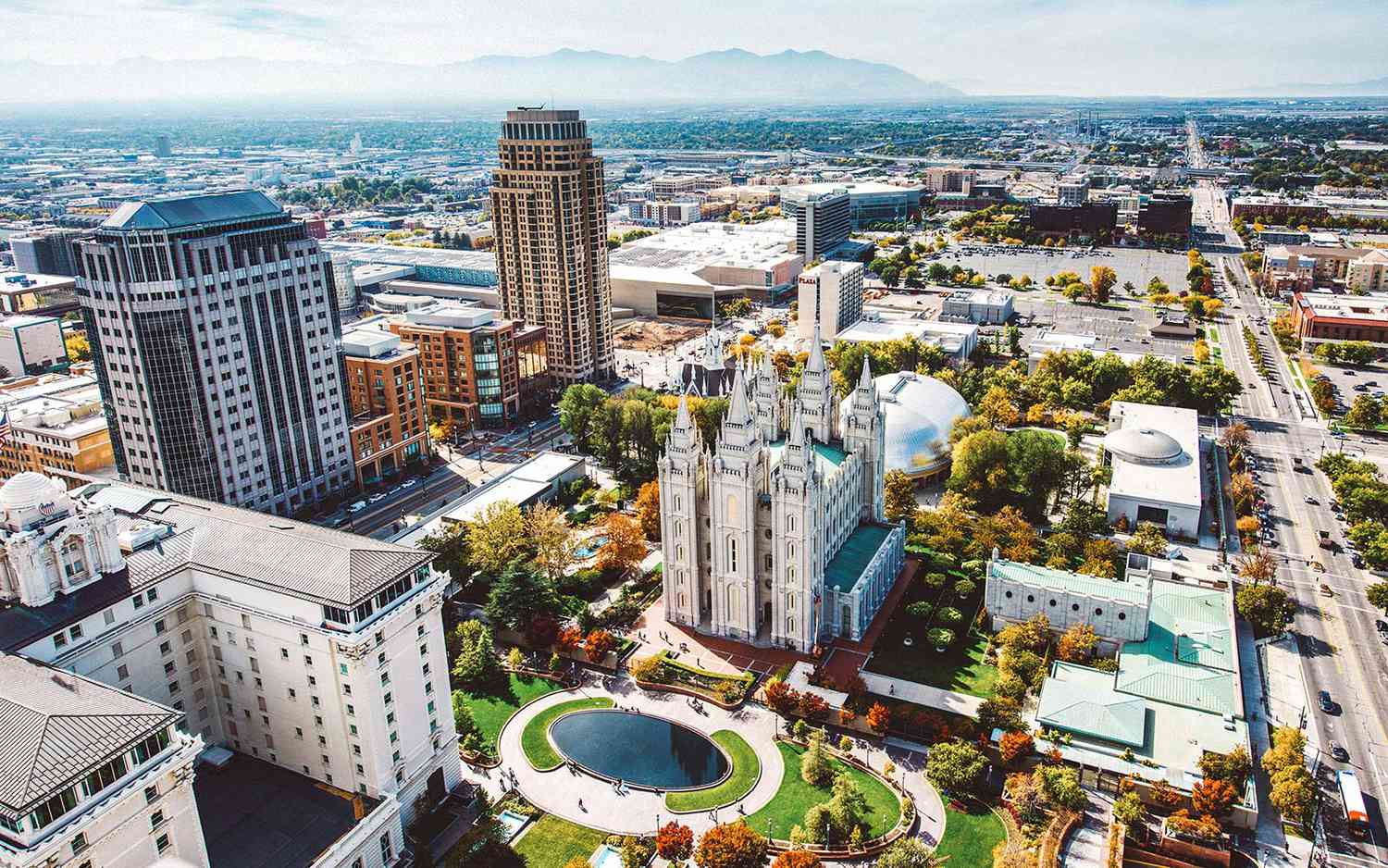
Salt Lake City, Utah, is a city steeped in rich history and adorned with remarkable landmarks that stand as testaments to its past. From the iconic Salt Lake Temple to the historic Utah State Capitol, the city boasts a tapestry of architectural marvels and cultural treasures. Exploring these historical landmarks offers a captivating journey through time, unveiling stories of resilience, innovation, and the enduring spirit of the community. In this article, we will delve into eight fascinating facts about some of the most renowned historical landmarks in Salt Lake City, shedding light on their significance and the captivating narratives they hold. Join us as we embark on a virtual tour through the heart of Salt Lake City, uncovering the hidden gems and remarkable tales that have shaped this vibrant city into the captivating destination it is today.
Key Takeaways:
- Salt Lake City, Utah is home to iconic historical landmarks like the Salt Lake Temple and the Utah State Capitol, showcasing the city’s rich past and diverse cultural heritage.
- From the opulent McCune Mansion to the bustling Trolley Square, Salt Lake City’s historical landmarks offer a captivating journey through time, revealing the city’s rich heritage and compelling narrative.
The Salt Lake Temple is an architectural marvel.
The Salt Lake Temple, a centerpiece of the city, is a stunning example of intricate craftsmanship and dedication. This granite edifice took 40 years to complete and stands as a testament to the unwavering commitment of the pioneers who built it.
The Utah State Capitol is a symbol of neoclassical grandeur.
Perched atop a hill, the Utah State Capitol exudes timeless elegance with its neoclassical design. The building's striking resemblance to the United States Capitol is a nod to Utah's reverence for democracy and governance.
The Beehive House was home to a prominent leader.
Constructed in the mid-1800s, the Beehive House served as the residence of Brigham Young, a prominent figure in the history of Salt Lake City and the second president of The Church of Jesus Christ of Latter-day Saints.
Fort Douglas offered protection and support.
Established in 1862, Fort Douglas played a pivotal role in safeguarding the region and providing essential support to military personnel during various periods of conflict.
The Cathedral of the Madeleine is an architectural gem.
With its awe-inspiring Gothic architecture and intricate details, the Cathedral of the Madeleine stands as a testament to the city's diverse cultural heritage and the enduring legacy of Catholicism in Utah.
The Lion House was a hub of hospitality.
Constructed in 1856, the Lion House was renowned for its warm hospitality and delectable cuisine, offering a welcoming retreat for travelers and locals alike.
The McCune Mansion is a paragon of opulence.
The McCune Mansion, an opulent residential marvel, showcases exquisite craftsmanship and timeless elegance, serving as a testament to the city's affluent past.
The Trolley Square holds a storied past.
Originally a bustling trolley car station, the Trolley Square has evolved into a vibrant hub for shopping, dining, and entertainment, while preserving its rich historical charm.
These historical landmarks in Salt Lake City, Utah, stand as testaments to the city's rich heritage, offering visitors and locals alike a captivating journey through time. Whether marveling at the architectural splendor of the Salt Lake Temple or exploring the storied past of the Trolley Square, each site encapsulates a unique chapter in the city's compelling narrative.
Conclusion
Salt Lake City, Utah, is a treasure trove of historical landmarks that offer a glimpse into the rich tapestry of its past. From the iconic Temple Square to the historic Trolley Square, each landmark tells a unique story, weaving together the city's cultural, architectural, and religious heritage. Visitors to Salt Lake City are treated to a captivating journey through time, where they can immerse themselves in the legacy of these remarkable sites. Whether it's exploring the grandeur of the Utah State Capitol or marveling at the intricate craftsmanship of the Cathedral of the Madeleine, the historical landmarks of Salt Lake City stand as testaments to the city's enduring legacy and vibrant history.
FAQs
Q: What is the best way to explore the historical landmarks in Salt Lake City?
A: The best way to explore the historical landmarks in Salt Lake City is by taking a guided walking tour. This allows visitors to gain in-depth knowledge about each landmark while enjoying the city's unique charm.
Q: Are the historical landmarks in Salt Lake City accessible to the public?
A: Yes, the majority of historical landmarks in Salt Lake City are open to the public, offering guided tours and educational experiences for visitors of all ages.
Was this page helpful?
Our commitment to delivering trustworthy and engaging content is at the heart of what we do. Each fact on our site is contributed by real users like you, bringing a wealth of diverse insights and information. To ensure the highest standards of accuracy and reliability, our dedicated editors meticulously review each submission. This process guarantees that the facts we share are not only fascinating but also credible. Trust in our commitment to quality and authenticity as you explore and learn with us.
